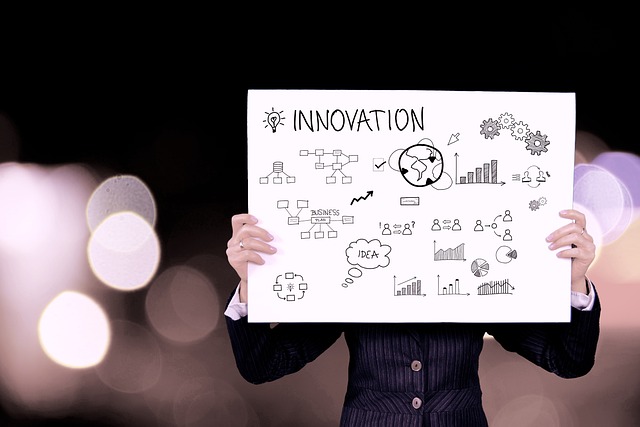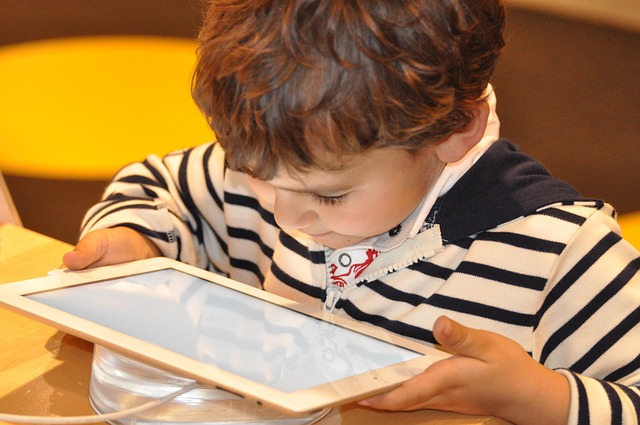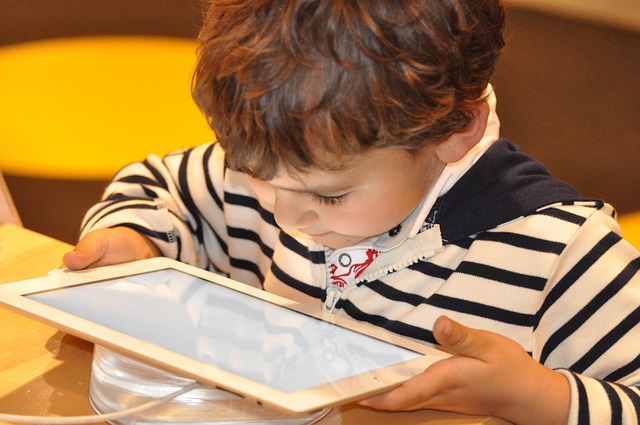# Revolutionary AI Innovations: How Technology is Transforming Communication and Daily Interactions
The rapid evolution of artificial intelligence (AI) has ushered in a new era of communication, fundamentally altering how individuals and organizations interact. From chatbots that provide customer service to advanced language translation tools, AI innovations are reshaping our daily interactions. This article delves into the transformative impact of AI on communication, exploring its applications, benefits, and challenges.
## The Rise of Conversational AI
Conversational AI has emerged as one of the most significant advancements in the realm of communication technology. Platforms such as chatbots and virtual assistants have become ubiquitous, streamlining interactions between businesses and customers. These AI-driven tools utilize natural language processing (NLP) to understand and respond to user queries in real-time, enhancing the customer experience.
Businesses have increasingly adopted conversational AI to handle customer inquiries efficiently. Unlike traditional customer service models, which often involve long wait times and limited availability, chatbots can operate 24/7, providing instant responses. This not only improves customer satisfaction but also reduces operational costs for organizations. Moreover, the ability of conversational AI to learn from interactions enables it to become more adept over time, tailoring responses based on user preferences and past interactions.
Notably, the integration of AI into messaging platforms has transformed social interactions as well. Applications like WhatsApp and Facebook Messenger now feature AI-driven functionalities, such as smart replies and personalized content suggestions. As a result, users can communicate more effectively, with AI handling routine tasks and allowing individuals to focus on more meaningful conversations.
## Breaking Language Barriers
Language translation has traditionally posed a significant challenge in global communication. However, AI innovations have made remarkable strides in this area, effectively bridging language gaps and enabling seamless interactions across cultures. Machine translation systems, powered by AI algorithms, have improved dramatically in accuracy and fluency, making it easier for individuals and businesses to communicate in multiple languages.
Google Translate and similar tools exemplify the impact of AI on language translation. These platforms leverage deep learning techniques to analyze vast amounts of linguistic data, enabling them to provide real-time translations with remarkable precision. As a result, individuals can engage with content and conversations in languages they may not be fluent in, fostering greater understanding and collaboration in diverse environments.
Furthermore, AI-driven language translation is not limited to text alone. Voice recognition technology has advanced significantly, allowing for real-time translation of spoken language. Applications like Microsoft Translator enable users to have conversations in different languages, with AI translating speech on-the-fly. This capability is particularly valuable in business settings, where international meetings and negotiations can occur without the hindrance of language barriers.
## Enhancing Personal Connections
Beyond facilitating business communications and breaking language barriers, AI is also enhancing personal connections. Social media platforms have increasingly integrated AI to curate content, making it easier for users to connect with friends and family. Algorithms analyze user behavior to present relevant posts, fostering engagement and interaction among users.
The introduction of AI-driven recommendation systems has transformed how individuals discover and share content. By analyzing user preferences, these systems suggest articles, videos, and other media that align with individual interests. Consequently, users are more likely to engage with content that resonates with them, creating a more personalized online experience.
Moreover, AI has the potential to strengthen personal relationships by providing insights into communication patterns. Tools that analyze text messages and social media interactions can offer users feedback on their communication styles, helping them improve their interpersonal skills. For instance, AI can identify when a conversation may be veering into negative territory, prompting users to adjust their tone or approach. This level of introspection can lead to healthier relationships and more meaningful interactions.
## Challenges and Ethical Considerations
Despite the numerous benefits of AI in communication, challenges and ethical considerations remain. Privacy concerns are at the forefront, as AI systems often rely on vast amounts of personal data to function effectively. Users may be unaware of how their data is collected, stored, and utilized, raising questions about consent and transparency. Organizations must prioritize data protection and ensure that users are informed about their privacy rights.
Moreover, the potential for AI to perpetuate biases is a critical issue. Machine learning algorithms can inadvertently learn and replicate biases present in their training data, leading to skewed outcomes in communication. For example, AI-driven content moderation systems may disproportionately flag certain groups or viewpoints, stifling free expression. Addressing these biases requires ongoing vigilance and a commitment to ethical AI development.
Additionally, the reliance on AI for communication may lead to a decline in face-to-face interactions. As individuals become increasingly accustomed to communicating through digital platforms, there is a risk that essential social skills may deteriorate. Striking a balance between leveraging AI innovations and maintaining meaningful personal connections is crucial for fostering healthy relationships.
## Conclusion
The transformative impact of AI on communication and daily interactions is undeniable. From enhancing customer service through conversational AI to breaking down language barriers and personalizing social experiences, these innovations are reshaping how we connect with one another. However, as we embrace the benefits of AI, it is essential to remain vigilant about the challenges and ethical considerations that arise. By fostering a responsible approach to AI development, we can harness its potential to enrich our communications while ensuring that human connections remain at the forefront of our interactions.











